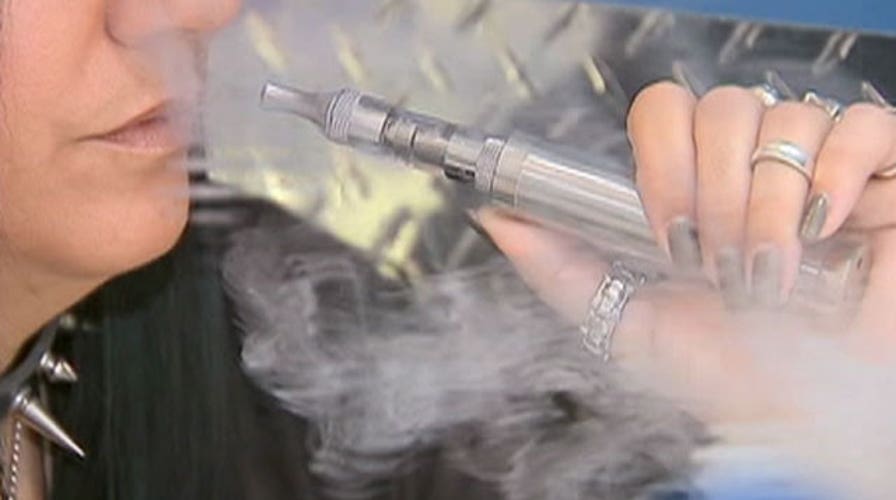Do e-cigarettes work? Are they safe?
First, my own experience as a doctor – I have found e-cigarettes to be one of the most effective methods of cutting down or quitting smoking for recalcitrant smokers.
This is because e-cigarettes are not only a nicotine replacement therapy, they are a total smoking cessation therapy, as vaping simulates the act of smoking, and you physically draw vapor into your mouth.
[pullquote]
Several years ago I learned a technique for hypnotizing smokers to quit, and the biggest obstacle to overcome other than the nicotine was the image that people had of themselves with a cigarette in their mouths. E-cigarettes allow a cigarette addict to perpetuate the image and the nicotine, but to lose the tar and other cigarette toxins that cause cancer and emphysema.
Though there are no long term studies to show I’m right about e-cigarettes for smoking cessation, there is one recent study in the British journal Lancet that did demonstrate that e- cigarettes were at least as successful as a nicotine patch.
But if I see e-cigarettes as a potential tool to quit for adults, at the same time, I am very concerned about the growing role e-cigarettes are playing for teens, many of whom are non-smokers the first time they try an e-cigarette.
According to the Centers for Disease Control e-cigarette use among high schoolers is now up to 10 percent, double from a year ago, with 80 percent also smoking tobacco.
Dr. Tom Frieden, head of the CDC and a top expert in preventive health, told me that e- cigarettes can be a gateway drug, with nicotine addiction leading to more tobacco use.
I believe that, and though 12 states including New York ban e-cigarette use for minors, few are listening, and kids can still buy their e-cigarettes on line.
On top of this problem, liquid nicotine is now being sold in different flavors on-line, at much higher concentrations than is found in an e-cigarette, which generally includes nicotine levels in the 1.8% to 2.4% range.
The low concentration is less risky, but Vaporworld, for example, sells a gallon of liquid nicotine at 10 percent concentration for only $195, and Liquid Nicotine Wholesalers charges $110 for a liter at the same concentration. With this high concentration, experts say that just a tablespoon could be enough to cause serious harm.
Nicotine is a potent neurotoxin which can be ingested or absorbed through the skin, leading to seizures, vomiting, and rapid heart rate. The number of poisoning cases linked to e-liquids was 1,351 in 2013, up 300 percent from the year before.
So clearly, there is a rising concern over the safety of nicotine liquids as well as nicotine addiction.
I believe that in the right hands, e-cigarettes can be an effective tool for quitting smoking, perhaps the best we currently have available.
Unfortunately, they are frequently not getting into the right hands, and I also know many smokers who carry both cigarettes and e-cigarettes around, and don’t actually cut down on tobacco.
The FDA is planning on increasing regulations on e-cigarettes, and I think this is a good idea, though not likely to solve the problem.
I wish there was a way of regulating e-cigarettes so that a doctor has a definite role, and can guide her patients to e-cigarettes to be used as a treatment rather than as another party chemical.
Unfortunately, the chances of e-cigarettes becoming prescription-only is about as likely as the chance of cherry flavor being replaced by the taste of cigarette ash in bubblegum.

